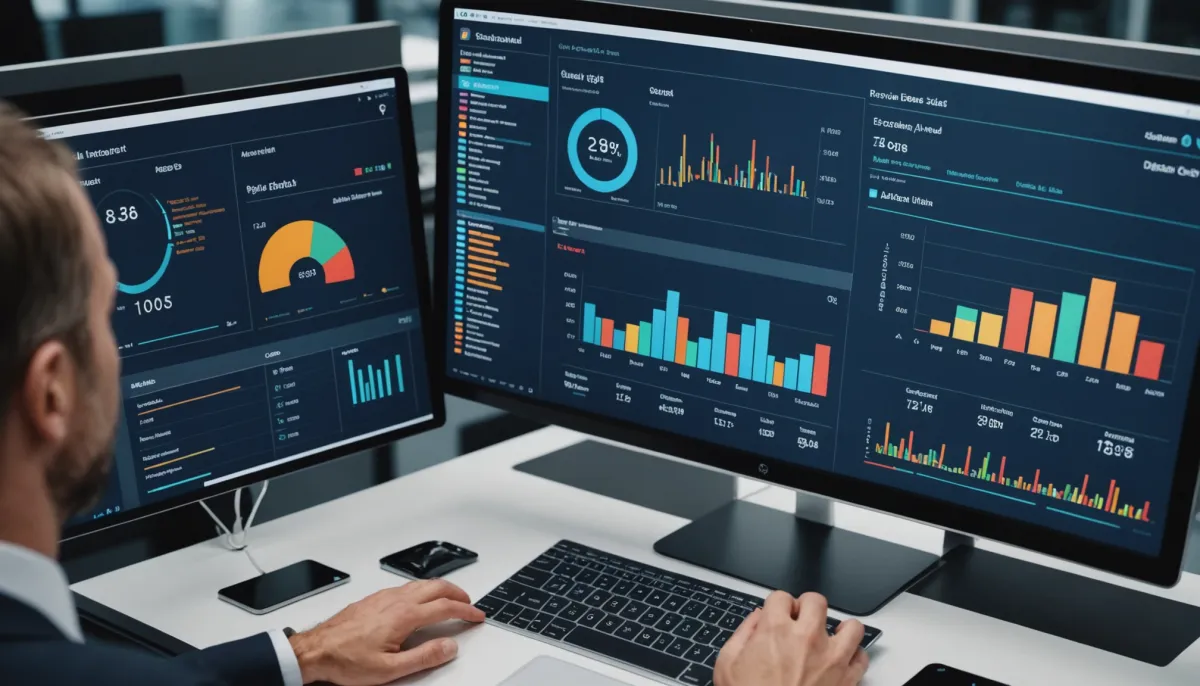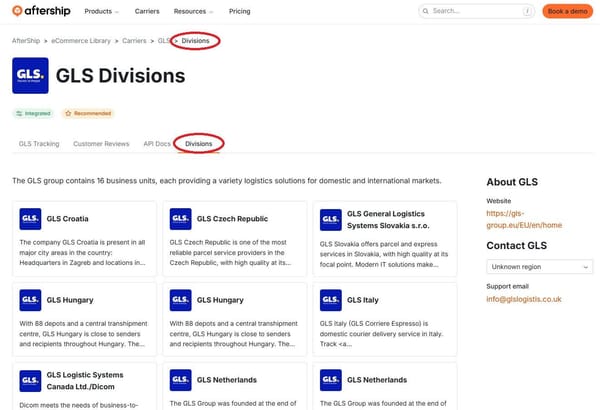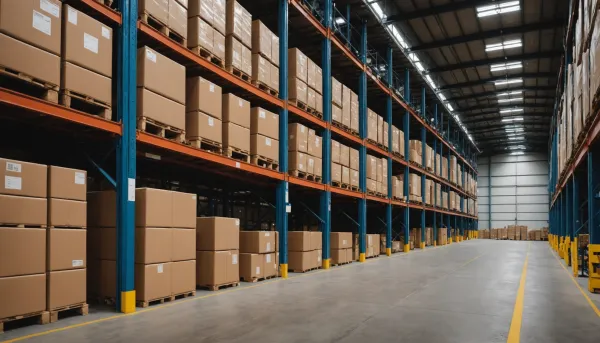Unveiling the Importance of Supply Chain Visibility: A Closer Look at Its Impact on Businesses

In today's fast-paced global economy, businesses feel the heat to streamline operations and cut costs while quickly adapting to shifting consumer needs. One vital aspect of achieving these goals is supply chain visibility. Essential for every business level, supply chain visibility helps manage everything smoothly from procurement to delivery. But what does it mean, and why is it so crucial? This blog post reveals the significance of supply chain visibility, its core elements, and it's profound impact on businesses.
What is Supply Chain Visibility?
Supply chain visibility is the ability to monitor and track every element of the supply chain in real-time. This includes everything from raw materials and inventory levels to order processing and distribution. Companies with strong supply chain visibility can access crucial data and insights, empowering better decision-making and operational efficiency.
To achieve this visibility, businesses commonly utilize technologies such as Internet of Things (IoT) devices, data analytics, and cloud-based systems. For example, a recent study found that companies using IoT for supply chain management experienced a 30% improvement in visibility.
The Key Components of Supply Chain Visibility
Data Collection
The bedrock of supply chain visibility is effective data collection. Companies need to gather information from various sources, including suppliers, manufacturers, logistics providers, and customers. The more comprehensive the data, the better the visibility across the supply chain.
Integration of Systems
Achieving successful supply chain visibility often requires integrating different systems and platforms within a company. This integration ensures seamless communication of data across departments, thereby reducing discrepancies and enhancing overall effectiveness. For example, when manufacturers and suppliers use integrated platforms, the accuracy of inventory forecasting can increase by up to 50%.
Data Analysis
Collecting data alone is insufficient; businesses must analyze that data for actionable insights. By employing data analytics techniques, such as predictive modeling, companies can identify trends, forecast demand, and optimize inventory management. A well-known retail chain utilized data analytics to reduce excess stock by 15%, saving millions in storage costs.
Why Supply Chain Visibility Matters
Enhanced Efficiency
One significant benefit of supply chain visibility is improved operational efficiency. With real-time access to data, businesses can quickly identify bottlenecks and streamline processes. For example, by recognizing delays early, a manufacturing firm was able to cut its production lead times by 25%, positively impacting overall productivity.
Improved Customer Satisfaction
Today's customers demand transparency and quick responses. When businesses have solid supply chain visibility, they can offer accurate updates about order status and delivery times. A recent study found that companies achieving high visibility reported a 15% increase in customer retention rates, underscoring the value of transparent communication.
Proactive Risk Management
Supply chain disruptions can stem from various sources like natural disasters or supplier insolvencies. With visibility, companies can identify potential risks early and develop contingency plans. Research shows that businesses with a strong supply chain visibility framework saw disruptions decrease by 30%, protecting revenue streams effectively.
Increased Collaboration
Supply chain visibility fosters better collaboration among various stakeholders. When suppliers, manufacturers, and logistics providers share real-time information, they can work together more effectively. Companies that improved collaboration through visibility reported a 20% reduction in operational costs due to better resource management.
Data-Driven Decision Making
Real-time access to data allows companies to make informed decisions instead of guessing. This analytical approach leads to refined strategies and optimized inventory levels. A logistics company that implemented data-driven decision-making improved its demand forecasting accuracy by 40%, leading to reduced costs and enhanced service levels.
For full article, go to Switchboard




